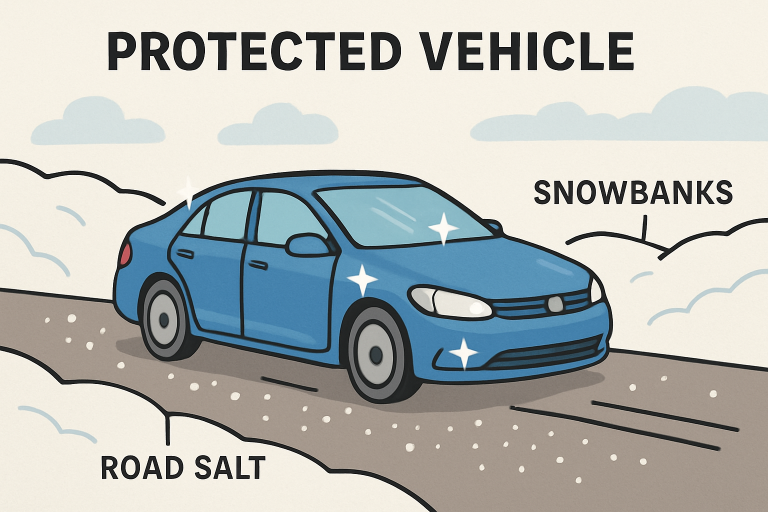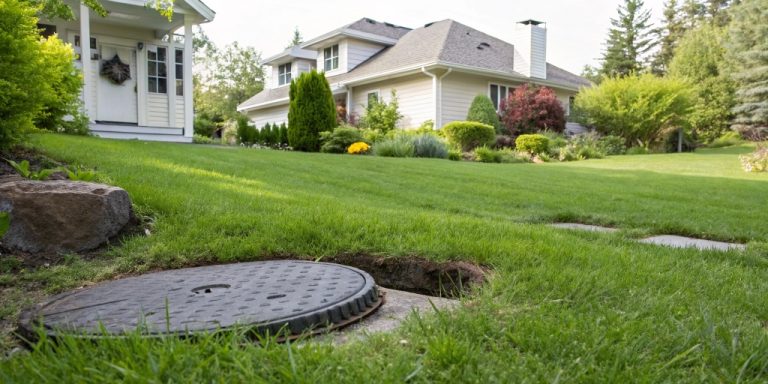
Keeping Your Finish Showroom-Sharp Through Winter and Salt
Why Winter Hurts Vehicle Finishes
Winter affects vehicle exteriors as road salt, snow, and icy slush repeatedly coat the surface. Salt’s corrosive properties can penetrate small chips or scratches in the paint, accelerating rust formation. Combined with grit and debris kicked up from the road, the finish can lose its luster quickly, with fine scratches and fading becoming more noticeable as the season progresses.
One way to combat these effects is by adding a durable protective layer before winter sets in. Treatments such as ceramic coating for cars in Kingston, ON, provide a smooth, hydrophobic surface that resists bonding with salt, moisture, and grime. This barrier, paired with consistent rinsing to remove buildup, can significantly slow the wear on your car’s finish during the harsh winter.
The Science Behind Salt Damage
Salt damage is a major concern for car owners because it creates a corrosive solution when mixed with melting snow and ice. This brine speeds up oxidation, seeps into chips or scratches, and can linger in hard-to-reach spots. If ignored, it can cause rust and damage the finish. Road salt can harm paint even in small amounts. Regular cleaning, rinsing, and professional protection are essential.
After understanding how salt can wreak havoc, many drivers seek out the most effective products and services to keep their finish protected. Searching for automotive ceramic coating near me is a common first step for those looking to harness the benefits of professional-grade coatings and expert application in their local area.

Prioritizing Frequent Washes
Winter car maintenance is essential for preserving its appearance and value. Washing your car every 10-14 days is advised to remove corrosive salt and grime, especially in areas like the undercarriage, wheel wells, and lower doors. Use touchless or high-pressure rinse methods, pH-balanced shampoos, and specialized brushes for effective cleaning. Check for new chips or scratches that could turn into corrosion spots when exposed to salt.
The Role of Protective Coatings
Protective coatings, such as wax and ceramic, serve as long-term solutions for protecting paint against winter hazards. They repel water, help ice or snow slide off, and prevent stubborn debris from sticking. Ceramic coatings create a chemical bond with factory paint, lasting for years with proper maintenance. Their durability and hydrophobic qualities keep vehicles glossy, making fresh application a wise choice for year-round protection without frequent reapplications.
Professional Details Make a Difference
Professional detailing provides a deeper clean and superior finish with treatments like clay barring, paint decontamination, and machine polishing to remove embedded salt, oxidized surfaces, and stains. They access hard-to-reach areas and apply protective products for specific models and finishes. Services such as engine bay cleaning, interior shampooing, and ceramic coating restore and enhance your car’s appearance.
Protecting Your Vehicle’s Finish Through Winter
Winter conditions, particularly road salt, can damage a vehicle’s finish due to rust and fading. To protect against this, a ceramic coating is recommended. This hydrophobic barrier minimizes salt and grime adhesion while preserving gloss. Regular washing and touch-ups, combined with regular maintenance, can extend the life and beauty of your vehicle’s exterior, ensuring a showroom-quality finish even during harsh winter months.



Average Rating